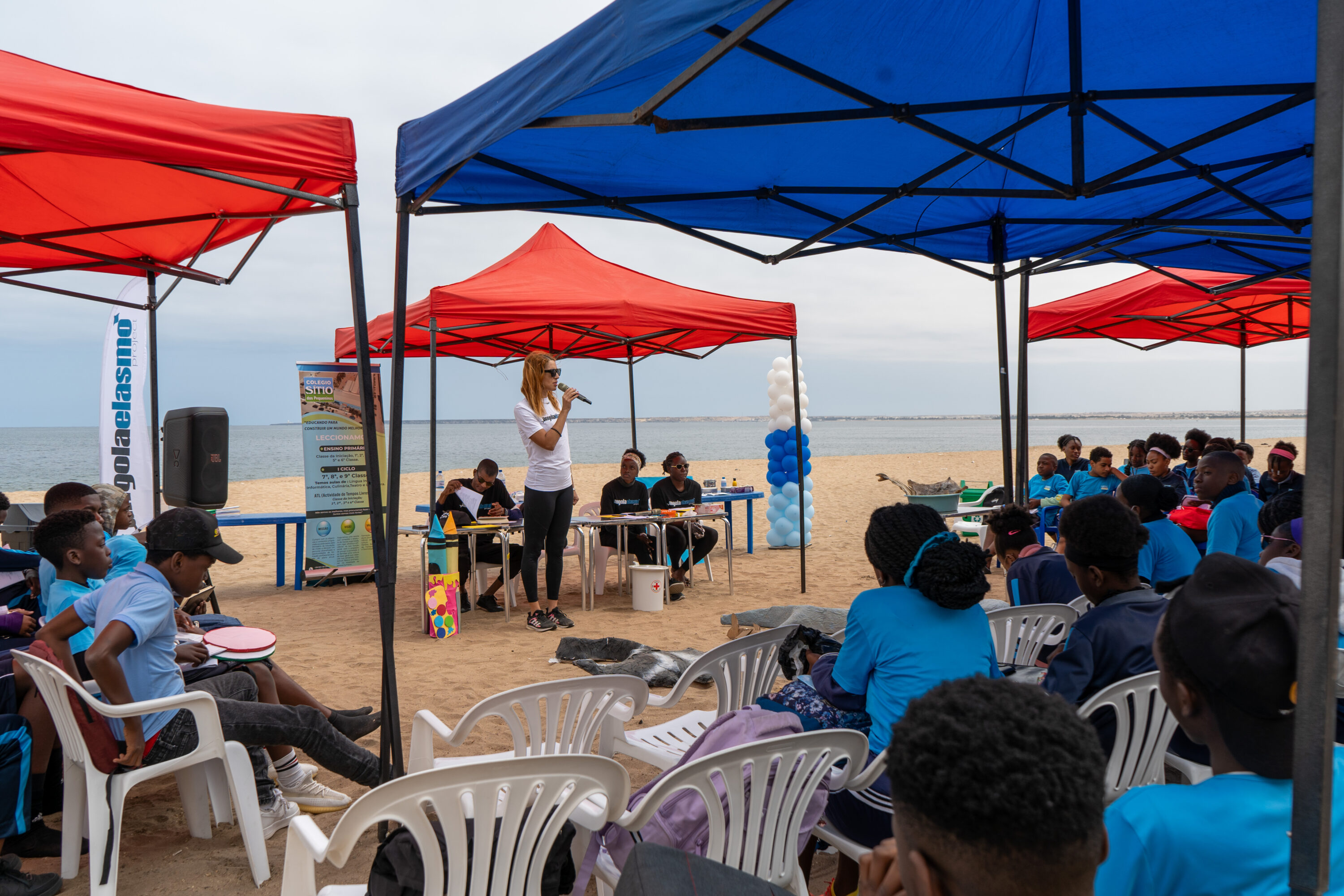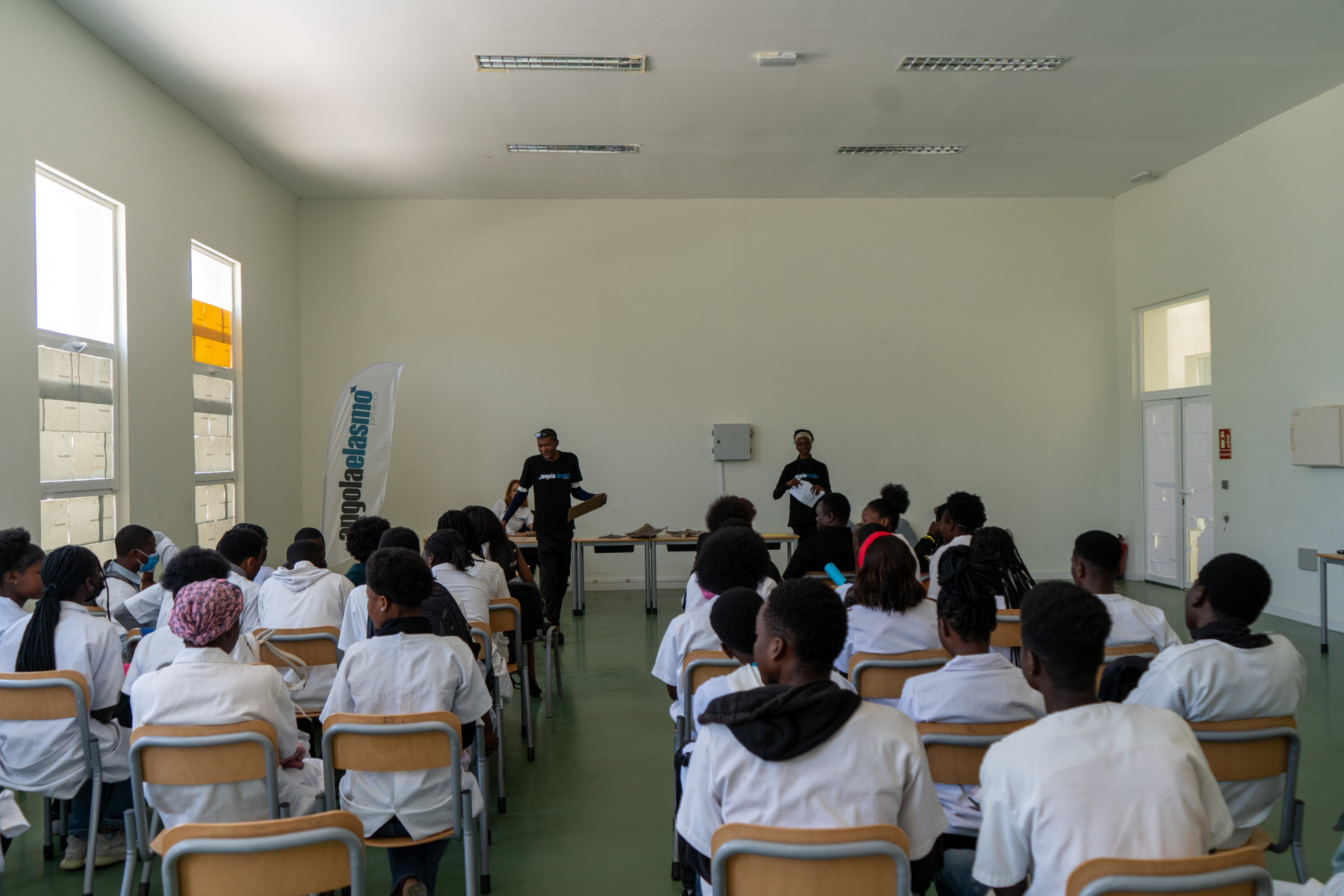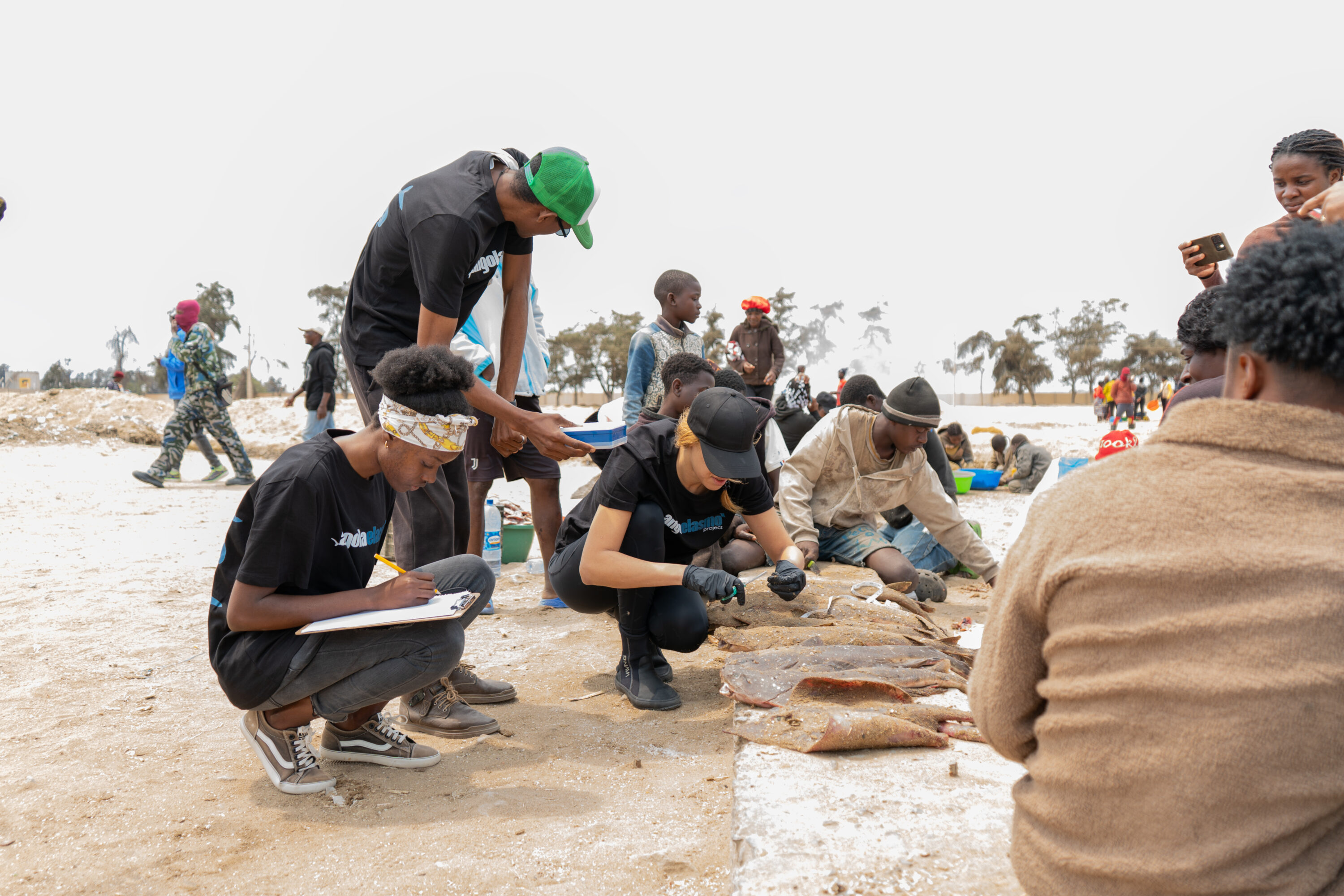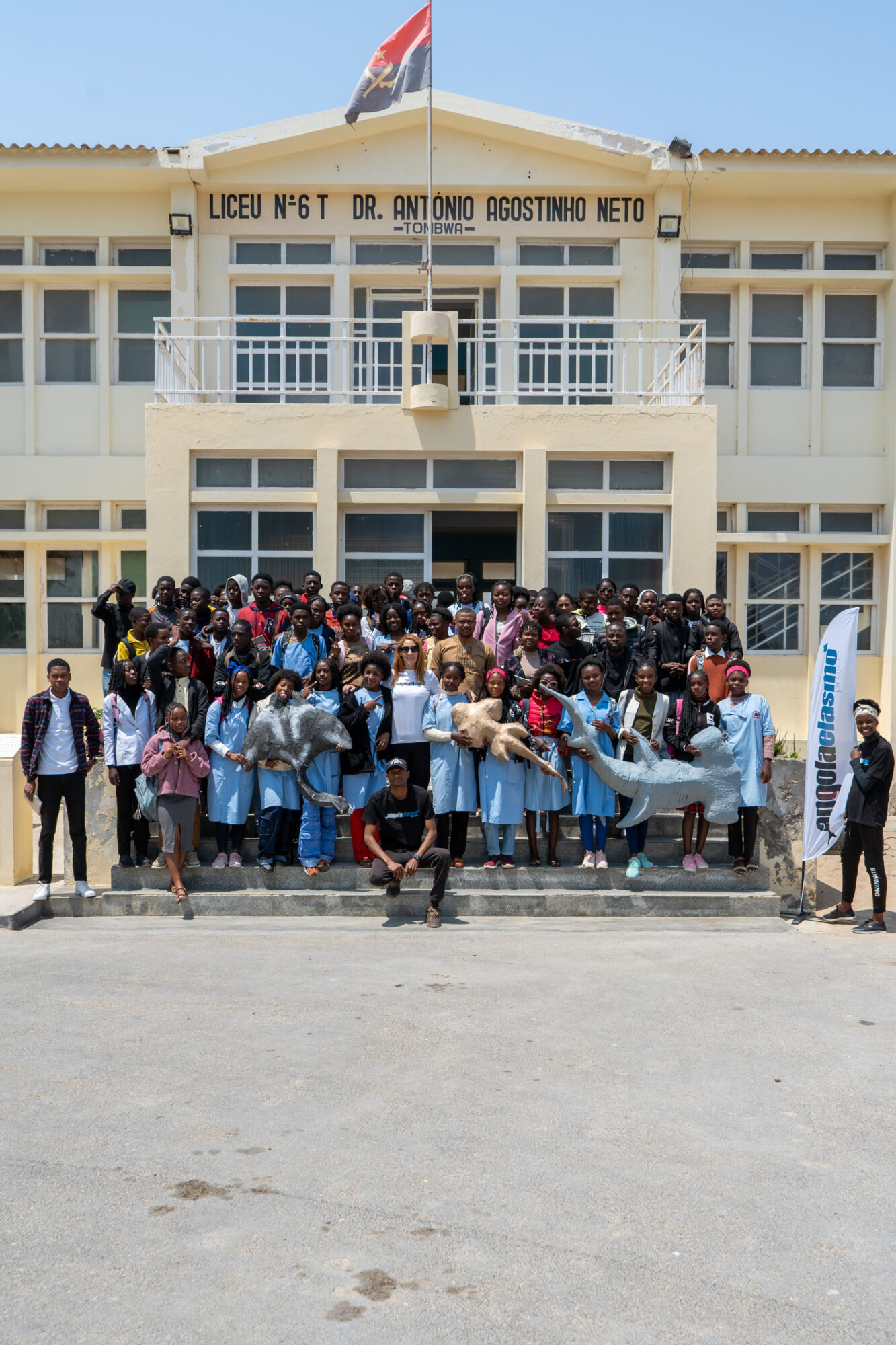From Classrooms to Coastlines: Shaping the Guardians of Tomorrow
The long-term success of conservation requires more than technical expertise or short-term funding. It relies on ongoing education, community involvement, and the gradual development of environmental awareness. Effective conservation is not just about protecting species or habitats, it also involves helping people understand and value the natural world.
At the Angola Elasmo Project, this approach guides all our work. Along the Angolan coast, particularly in the Namibe region, we have seen that conservation is most effective when communities connect with the ecosystems around them. Field research provides important data on species distribution, population health, and ecosystem dynamics, but its impact increases when paired with awareness and education that reach beyond the scientific community.
Education as a Catalyst for Conservation
Sharing knowledge about sharks and rays in schools, universities, and fishing communities has become one of the project’s most rewarding missions. Education is the most powerful tool to shape a generation that not only understands environmental challenges but also feels responsible for addressing them. By engaging students, we foster curiosity, critical thinking, and empathy toward marine species. Children who learn to value the ocean today are more likely to protect it tomorrow.

Hands-on lessons in marine biology cultivate scientific understanding and stewardship among young learners. Photo © Bernardo de Abreu Cotrim
Inclusive and Accessible Learning
Environmental education must reach all members of society, not just a privileged few. That is why we collaborate closely with local schools and community leaders, bringing marine science to areas where access to knowledge is limited. Through interactive workshops, storytelling, and visual materials, students learn to see sharks and rays not as threats, but as vital components of their coastal ecosystems.

Interactive workshops help students connect with shark and ray conservation. Photo © Bernardo de Abreu Cotrim
From Awareness to Action
Community engagement has shown encouraging results. Young people from Namibe have contributed to local monitoring efforts, supported species identification, and taken part in citizen science projects. These activities help students connect what they learn in the classroom to real-world conservation and foster a practical understanding of marine ecosystems. Observing students apply their knowledge to document local species demonstrates how awareness can support conservation efforts.
Collaboration for Greater Impact
Partnerships with schools, NGOs, research institutions, and local fishery communities help turn knowledge into tangible outcomes. These collaborations ensure that conservation strategies are both scientifically informed and relevant to local livelihoods and culture. In Angola, such partnerships support coexistence between people and marine life.

Collecting biological data while interacting with the local fishing community. Photo © Bernardo de Abreu Cotrim
Investing in the Future
Volunteers, many local students, embody this transformation. They learn not only the science of conservation but also the values of stewardship, collaboration, and shared responsibility. As these young guardians continue to learn, teach, and inspire others, conservation in Angola becomes more than a project, it becomes a movement rooted in empathy, equity, and knowledge.
The true measure of conservation success is not only the species protected, but the generations inspired to continue protecting them.

Local students from Tombua pose after another successful Angola ELasmo Project awareness activity. Photo © Bernardo de Abreu Cotrim
